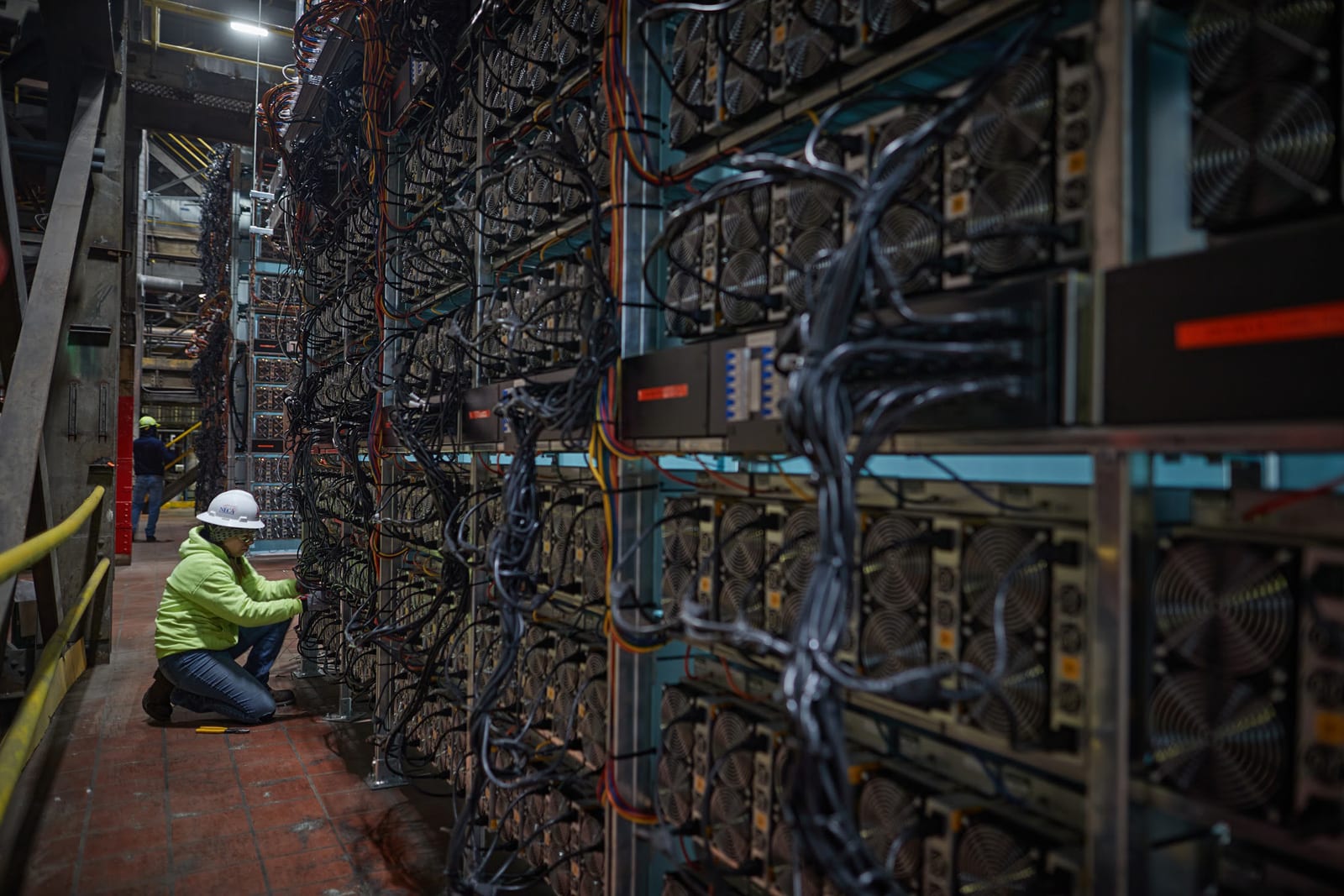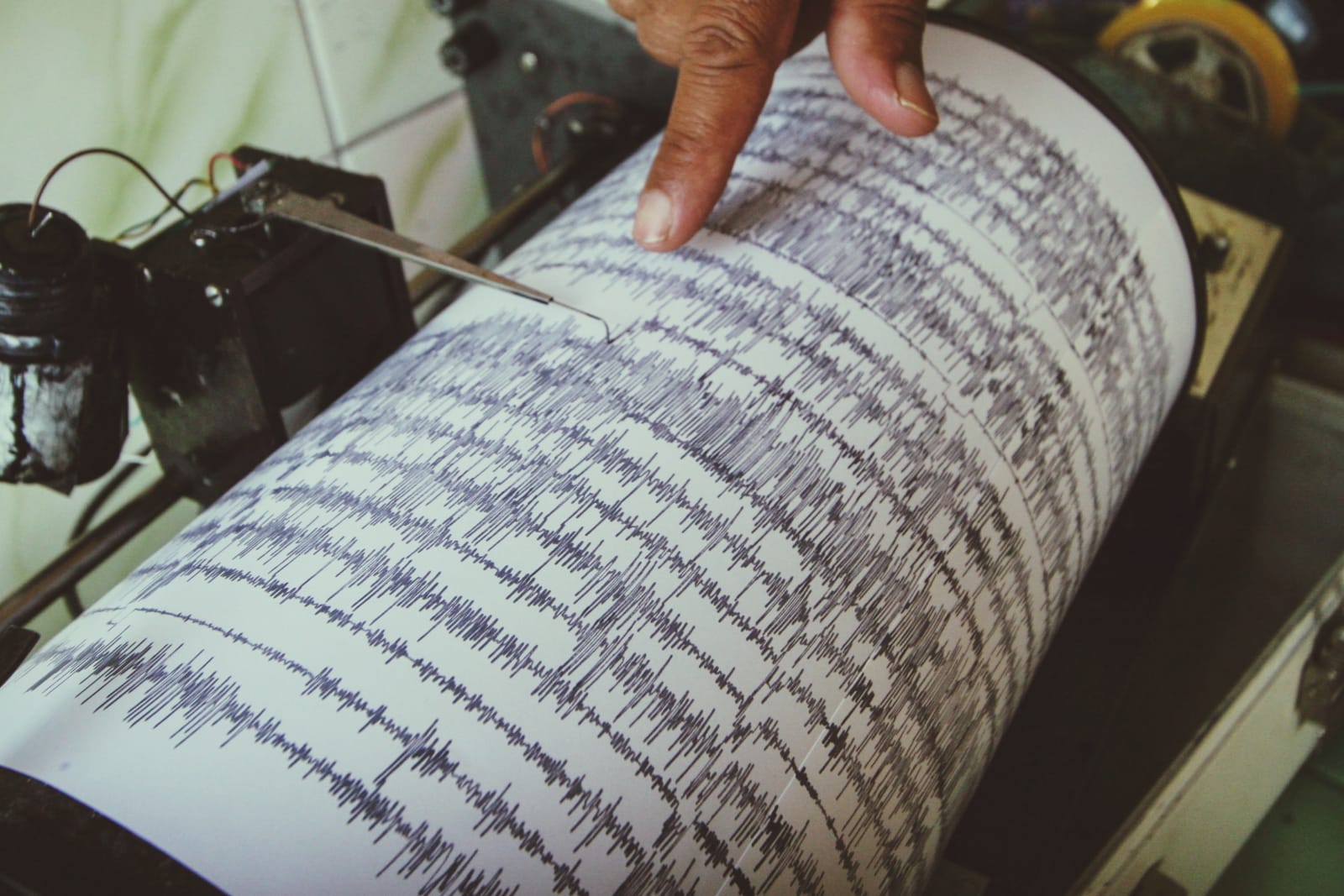Tag Archives: energy
Denmark’s ambitious wind power plans include giant ‘energy islands’
CalTech’s new battery can draw energy from human sweat

The irony of a fitness tracker is that it can’t, because of battery limitations, track your fitness infinitely. Every few days, the tracker needs to be taken off, charged, and then be worn again. By that logic, is the wearable truly tracking your health and fitness? Or just 99% of your health and fitness?
The California Institute of Technology is working on an electronic skin, a sensor-filled sticker, that can turn human sweat into energy enough to power basic devices like heart-rate sensors, glucose-level trackers, or even a low-energy Bluetooth radio. These stickers work by harvesting ‘lactate’ from the sweat we produce. The lactate is absorbed by the electronic skin’s fuel cells – which are made from carbon nanotubes that host a platinum/cobalt catalyst and an enzyme that uses oxygen in the air to break down the lactate into water and a substance called pyruvate. CalTech’s researchers say these stickers can generate a continuous stream of energy (as much as “several milliwatts per square centimeter”), making it enough to offset the need for a battery, which the technology hopes to eventually replace.
While the technology isn’t completely ready to replace the battery on your Apple Watch, it’s promising to see that scientists are looking at ways of harvesting bio-energy to power health wearables. It is, in many ways, an extension of the innovation built into automatic watches that use the wearer’s movement to keep the timepiece running, or more specifically, something like the PowerWatch 2, which runs almost entirely on body-heat generated by the wearer.
Image Credits: CalTech

Extra-light, flexible solar cell could keep your smartwatch powered
New York power plant mines Bitcoin using excess energy
 A natural gas power plant can't always send excess energy into the grid, frequently leading to waste as the gas is flared or vented away. However, a plant in Dresden, New York thinks it has a solution: use that surplus to generate some digital cash....
A natural gas power plant can't always send excess energy into the grid, frequently leading to waste as the gas is flared or vented away. However, a plant in Dresden, New York thinks it has a solution: use that surplus to generate some digital cash....
Japan’s In Game Booster Gel Wants to Level Up your Gaming
Ready to take on an marathon gaming session? You might think a highly caffeinated drink like Mountain Dew or Red Bull will help you stay awake and alert, but there’s a company in Japan that thinks that’s wrong. Instead, the guys at Morinaga believe vitamins and other nutrients are the key to a sharp mind and focus while gaming.

In Game Booster is a gel-based energy supplement that comes in 180 gram (6.3 ounce) ready-to-slurp pouches.m The blueberry flavored jelly inside is formulated with 180 calories of energy, along with vitamin A and GABA amino acids. Morinaga claims this combination will help replenish your energy during gaming sessions, and thanks to its gelatin-based composition, it will also make you feel fuller than simply drinking liquid.
I took a moment to translate the label, and it looks like the main ingredients are a fructose-glucose liquid sugar, along with maltodextrin, and real blueberry juice, along with the aforementioned supplements. No caffeine here. Just sugar and vitamins.

The guys over at SoraNews24 recently tested out some of the In Game Booster gel, and thought it was pretty good stuff, at least as jelly drinks go. You can read their full review here. It’s available for purchase from Amazon Japan for ¥1,580 (~$15 USD) for a 6-pack, or ¥9,480 (~$88 USD) for a case of 36.
AI can help find more places to store captured CO2 underground
 Scientists dream of storing captured CO2 emissions underground, but it can be tricky to find pockets for storing those emissions -- Earth's seismic "hum" makes it difficult to spot the low-frequency waves that would best help map the subterranean lan...
Scientists dream of storing captured CO2 emissions underground, but it can be tricky to find pockets for storing those emissions -- Earth's seismic "hum" makes it difficult to spot the low-frequency waves that would best help map the subterranean lan...
The rise of cloud computing has had a smaller climate impact than feared
 As more and more gargantuan data centers come on line, environmentalists have been concerned about massive increases in electricity consumption and pollution. However, according to a new study published in Science, that simply hasn't happened. While...
As more and more gargantuan data centers come on line, environmentalists have been concerned about massive increases in electricity consumption and pollution. However, according to a new study published in Science, that simply hasn't happened. While...
Alphabet quits work on its energy-generating kites
 Alphabet's years-long involvement with energy-making kites is no more. The Google parent is ending its work on Makani's wind power technology, with X's Moonshot lead Astro Teller warning that the path to a viable business was "much longer and riskie...
Alphabet's years-long involvement with energy-making kites is no more. The Google parent is ending its work on Makani's wind power technology, with X's Moonshot lead Astro Teller warning that the path to a viable business was "much longer and riskie...
Rain may soon be an effective source of renewable energy
 There have been numerous attempt to generate electricity using rain, but this may be one of the more effective solutions yet. Researchers have developed a generator that uses a field-effect transistor-style structure to instantly produce a surprisin...
There have been numerous attempt to generate electricity using rain, but this may be one of the more effective solutions yet. Researchers have developed a generator that uses a field-effect transistor-style structure to instantly produce a surprisin...